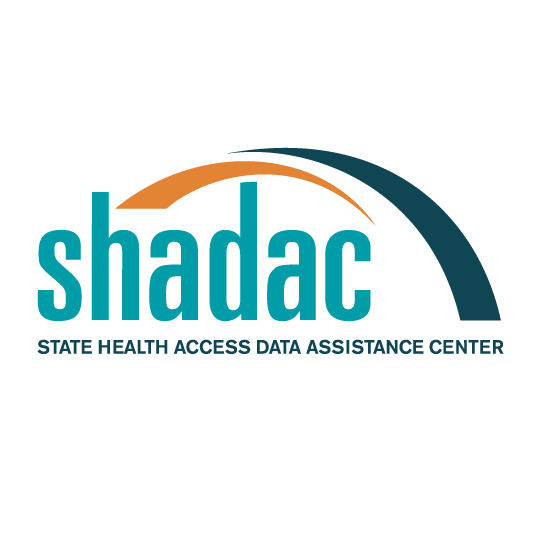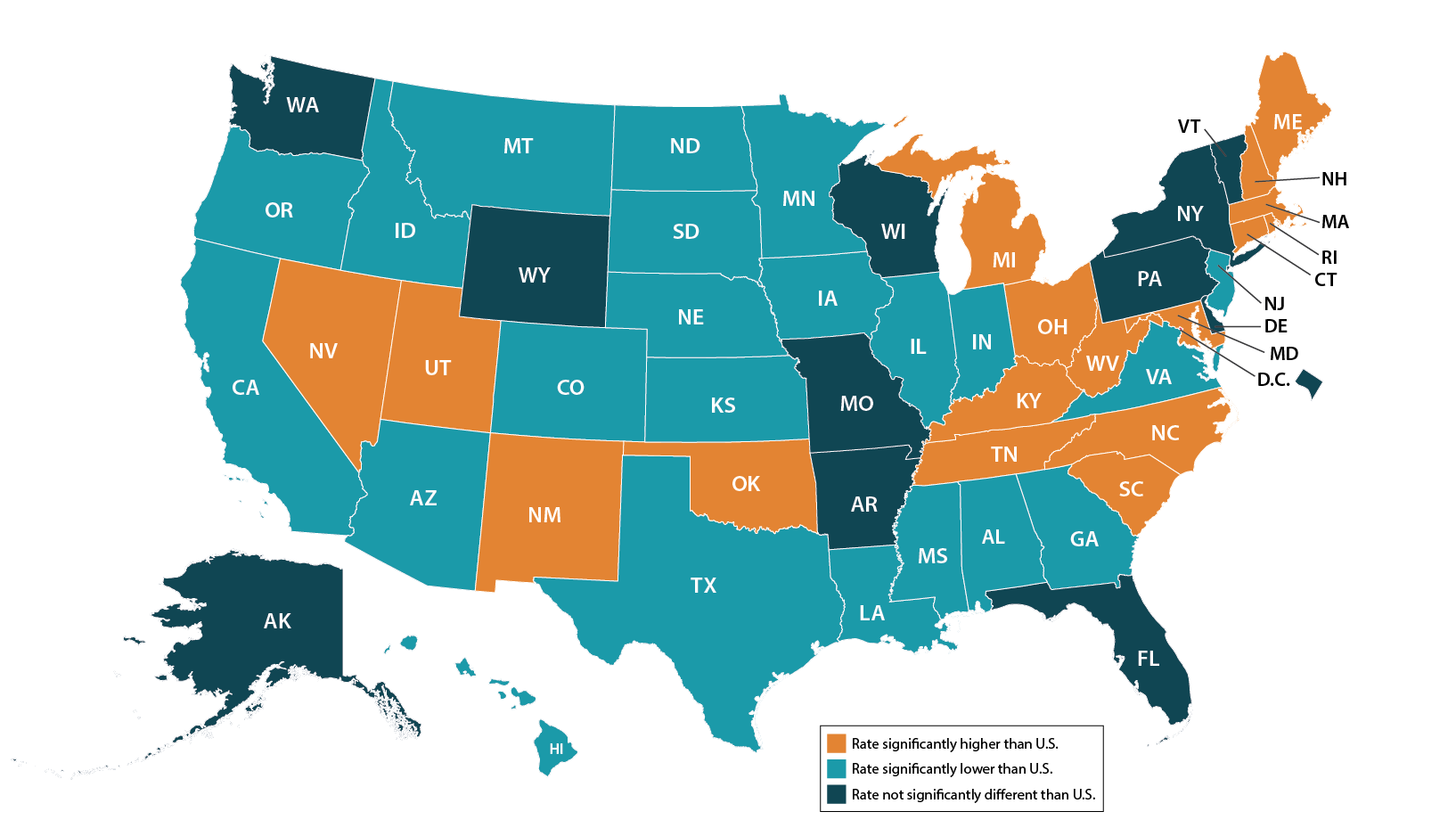Blog & News
The Opioid Epidemic: State Trends, 2000-2015
February 05, 2021:The problem of opioid abuse—including heroin and prescription painkillers—has recently received increased attention as the number of deaths from opioid overdoses has increased dramatically and the U.S. Centers for Disease Control and Prevention (CDC) declared overdoses from prescription painkillers to be an “epidemic.”
This blog post highlights a new SHADAC brief that analyzes state variation in the effects of the nationwide opioid epidemic. The brief uses vital statistics data from the CDC WONDER system to analyze differences in trends of overdose deaths by state and by type of opioid (non-heroin opioids versus opioids). This state-focused brief is a companion piece to a brief that provides a national-focused background on the problem of opioid overdoses.
Key Findings
The authors notes that, for non-heroin opioids, 39 states saw significant increases in overdose deaths between 2000 and 2015. However, there is wide variation in the rates of overdose deaths from non-heroin opioids between states, with the states with the highest rates of non-heroin opioid overdose deaths having more than 10x the rate of overdose deaths than states with the lowest rates of overdose deaths. The map below shows state rates of non-heroin opioid-related deaths from 2015, highlighting states that have rates of non-heroin opioid-related deaths that are statistically significantly different from the national average.
State Rates of Non-heroin Opioid-related Deaths, 2015
The brief also examines state variation in rate of heroin-related overdose deaths. As with non-heroin opioid-related deaths, there is substantial state variation in death rates with the state with the highest rate of heroin-related overdose deaths (Ohio, 13.3 deaths per 100,000 people) having a death rate 19 times greater than the state with the lowest rate of heroin-related overdose deaths (Kansas, 0.7 deaths per 100,000 people). Of the 20 states for which data was available in 2000 and 2015, 19 saw statistically significant increases, and one saw no significant change (Nevada).
Click through to the brief to learn more about state variation in opioid-related overdose deaths including full state tables showing rates of heroin-related and non-heroin-opioid-related overdose deaths. Also see the companion national-focused brief that provides background and context on the opioid overdose epidemic.
Want to Learn More? Explore the Data at State Health Compare
SHADAC's State Health Compare tool includes the CDC Wonder data about opioid-related deaths used for this analysis. Click here to explore, visualize, and/or download the data.










